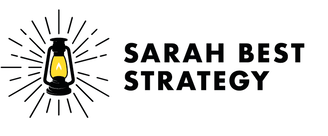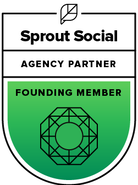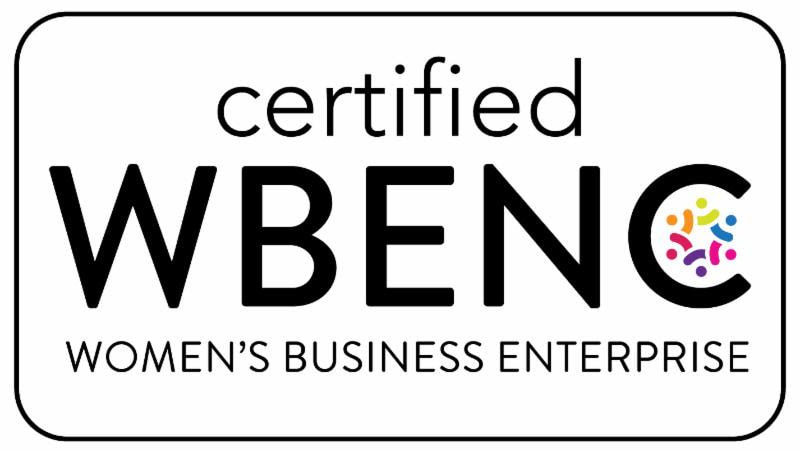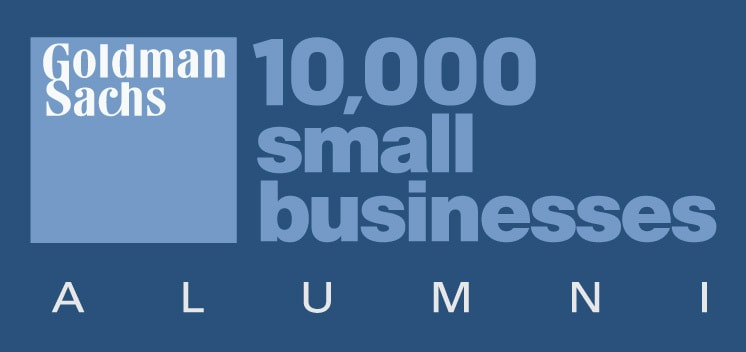|
A well-crafted annual report can be a powerful vehicle for sharing your message and accomplishments. Once finished, organizations often step back and strategize how to convert the full-breath of the report into engaging social posts. But what if you approach the annual report from a social media-first perspective at the very outset?
It's common knowledge that attention spans are getting shorter. We're bombarded by news, videos, and images every day, every where. It's estimated that Generation Z's attention span clocks in at roughly eight seconds, with 98 percent of them owning a smartphone. A report from Deloitte, the average American consumer now checks their phone 52 times per day.
That means your audiences are likely interacting with your annual report in ways you never planned for. Taking a social media-first perspective will do more than make your social media manager happy, it'll bring in more readers and drive fresh traffic to last year's content, keeping key stakeholders engaged throughout the year. As you approach the year's end, take an inventory of all your blog posts, stories, photos, press releases and other materials over the past year. As you sort through it all, think about which stories qualify as the most compelling and keep in mind where you can utilize dynamic visuals. As you keep a social-first focus, consider using the following strategies to highlight the necessary facts, figures and images while opening the door to greater interest (and engagement): Less Text, More Context
With many annual reports, there's a tendency to create drafty long stories and standard letters from the leaders. With a social media-first perspective, consider where you can use visuals instead of text--and gather together facts, figures, images and examples that can demonstrate your work and vision in a more succinct way.
Nonprofit Annual Report Example - Taking a Social Media-First Approach
For example, in developing last year's annual report for Food 4 Farmers, we spread a conventional story arc across three pieces:
The Pieces of a Story
When you build your story with different elements rather than a self-contained narrative, you'll make it easier to break your annual report down into posts that you can share over weeks and months as you roll it out.
In any of the narratives we used for Food 4 Farmers, we gathered common elements that easily convert into social media posts:
Extra Credit Considerations
For those of you eager to go above and beyond this year, we've got two more tips to share:
For ideas on boosting your content planning strategy, check out our Same-Page Content Planning Case Study. And if you're looking for help promoting your Annual Report or other accomplishments on social, we offer Social Media Management for nonprofits of any size.
Comments are closed.
|




 RSS Feed
RSS Feed




